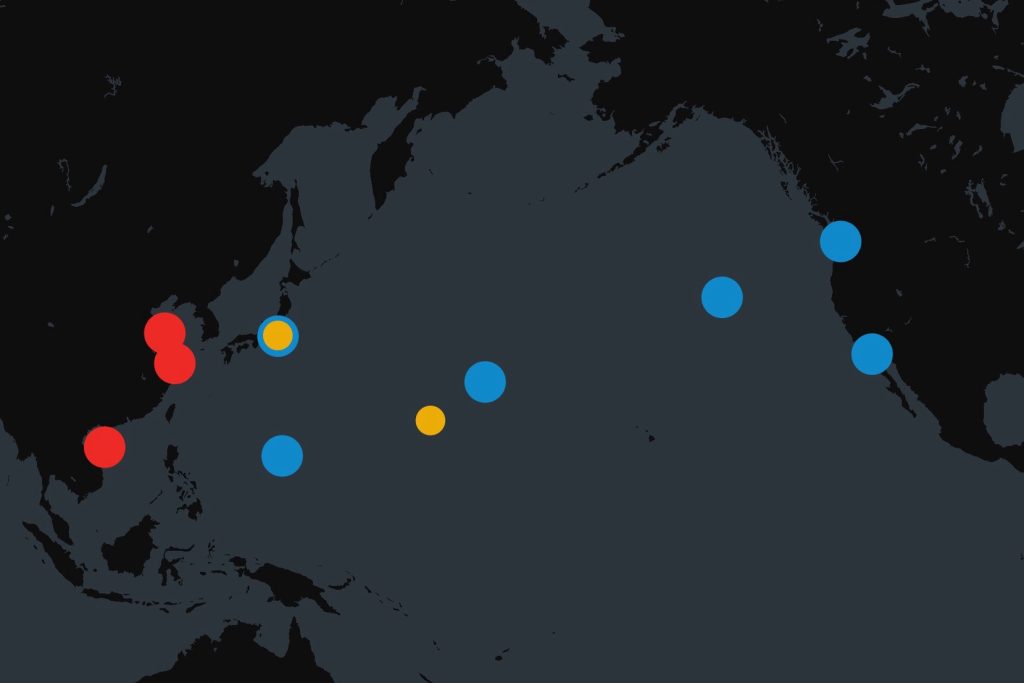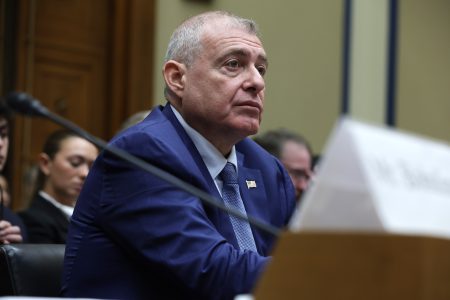The deployment of naval assets, particularly aircraft carriers, serves as a tangible manifestation of a nation’s power projection capabilities and strategic priorities. The current maritime landscape in the Indo-Pacific region highlights a dynamic interplay between the United States, China, and Japan, each with varying degrees of carrier presence and operational readiness. The U.S. maintains a robust forward presence with three carriers actively deployed in the Western Pacific and Eastern Pacific, while two more are undergoing maintenance or post-deployment activities in their respective home ports. Conversely, China’s three aircraft carriers are currently pierside, undergoing maintenance, sea trials, or stationed at their home bases, reflecting a different stage in their operational cycle. Japan, meanwhile, is actively developing its light aircraft carrier capability, with one vessel returning from trials and another undergoing conversion. This disparate state of carrier deployments underscores the evolving naval balance in the region and the individual strategic approaches of these key players.
The United States’ carrier deployments emphasize its commitment to maintaining regional stability and deterring potential adversaries. The presence of the USS Carl Vinson, USS Abraham Lincoln, and USS Ronald Reagan in the Pacific underscores the U.S. Navy’s ability to project power across vast distances and maintain operational tempo in critical areas. The USS George Washington, recently returned from overhaul, and the USS Nimitz and USS Theodore Roosevelt, undergoing maintenance or post-deployment activities, represent the depth of the U.S. carrier fleet and its ability to sustain operations over prolonged periods. This sustained presence serves as a clear signal to both allies and potential adversaries of the U.S.’s continued commitment to the Indo-Pacific region.
China’s current pierside status for its carriers reflects a period of consolidation and development. The Liaoning, China’s first operational carrier, has recently conducted exercises, showcasing its growing operational proficiency. The Shandong, China’s second carrier, remains at its home port, likely undergoing routine maintenance and training activities. The Fujian, China’s most advanced carrier, is undergoing sea trials, a critical step towards achieving full operational capability. While not currently deployed, these carriers represent China’s growing naval ambition and its pursuit of a blue-water navy capable of operating farther from its shores. The completion of sea trials for the Fujian signals an important advancement in its capabilities and underscores China’s continued investment in expanding its naval power.
Japan’s evolving carrier program reflects its evolving security posture and its increasing focus on maritime security. The JS Kaga’s recent trials with fighter jets off the coast of California, followed by its return voyage, demonstrate Japan’s commitment to developing its light carrier capability. The ongoing conversion of the JS Izumo further reinforces this trajectory. These developments, coupled with the strengthening of the U.S.-Japan alliance, represent a significant shift in Japan’s defense strategy and its growing role in regional security. The Kaga’s visit to Pearl Harbor, a location imbued with historical significance, underscores the strength of the U.S.-Japan alliance and its shared commitment to maintaining peace and stability in the Indo-Pacific.
The recent movements and deployments of these aircraft carriers provide valuable insights into the strategic priorities and capabilities of the respective nations. The U.S. maintains its robust forward presence, emphasizing its commitment to regional stability. China’s focus on developing and refining its carrier capabilities, while currently not deployed, signals its long-term naval ambitions. Japan’s development of its light carrier force reflects its growing role in regional security and the deepening alliance with the United States.
The complex interplay between these naval powers underscores the dynamic nature of the Indo-Pacific region. The continued development and deployment of aircraft carriers by these nations will undoubtedly shape the future security landscape and influence the balance of power in this strategically vital area. The current deployments, maintenance cycles, and sea trials provide a snapshot of the evolving naval capabilities and strategic priorities of these nations, offering a glimpse into the future of maritime power projection in the Indo-Pacific. The ongoing developments in carrier technology and deployment strategies will continue to be a key factor in shaping the regional security architecture and influencing the dynamics between these key players.










